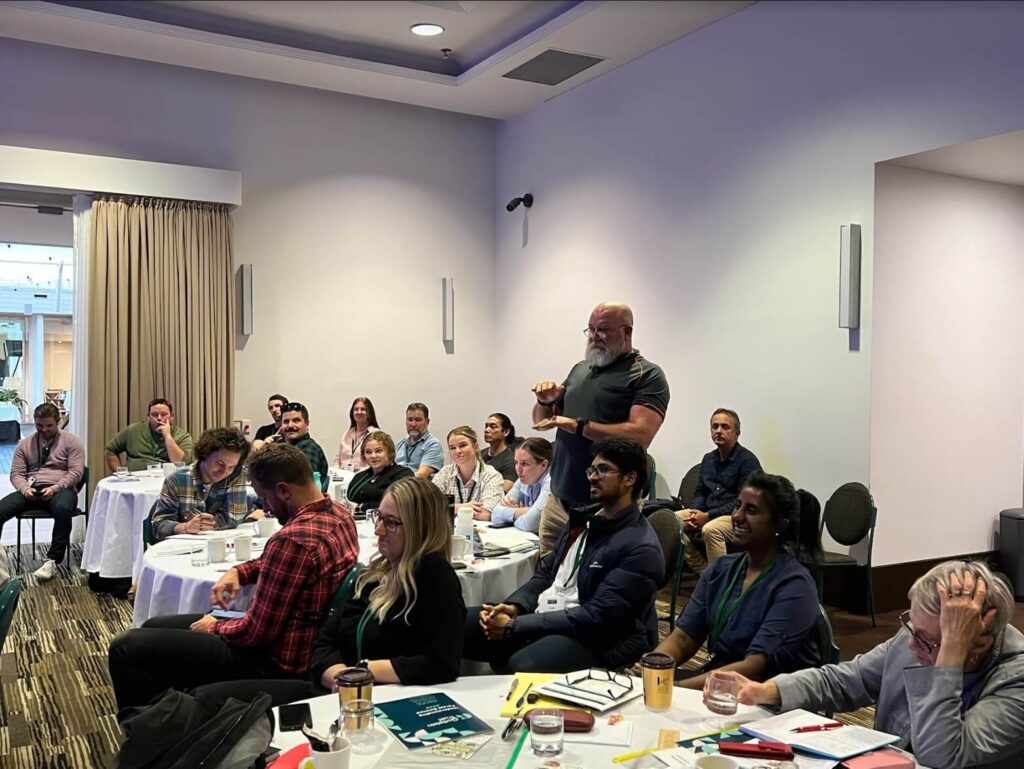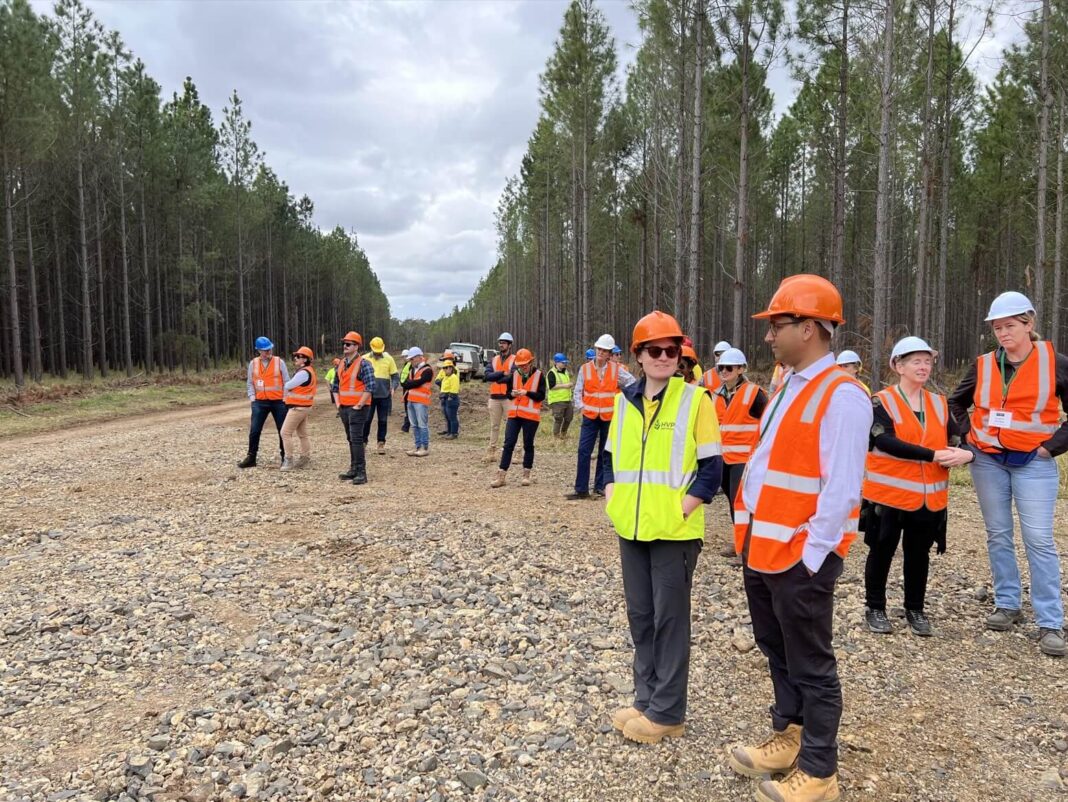Industry leaders have gathered with Australia’s future forest scientists for a landmark Gottstein event now underway at Coffs Harbour on the NSW Mid Coast.
The 2023 Gottstein Trust course, ‘Understanding Forest Science’, runs from July 16 to 21 at the Pacific Bay Resort in a region recognised as the birthplace of the NSW timber industry.

Suzette Weeding, General Manager for Conservation and Land Management at Sustainable Timber Tasmania and Gottstein Trust Chair, opened today’s session with a presentation on forest diversity ahead of hosting the Gottstein celebration dinner on Thursday.

Coffs Harbour, locally nicknamed Coffs, is one of the largest urban centres on the NSW North Coast, with its economy originally based on timber and agriculture.
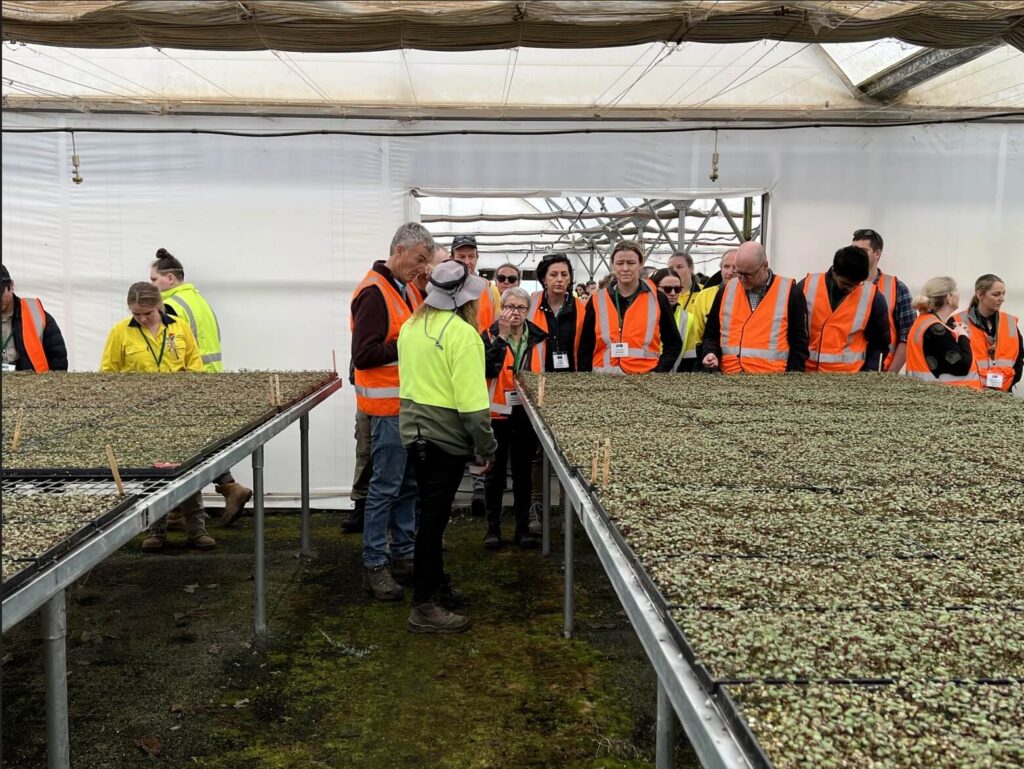
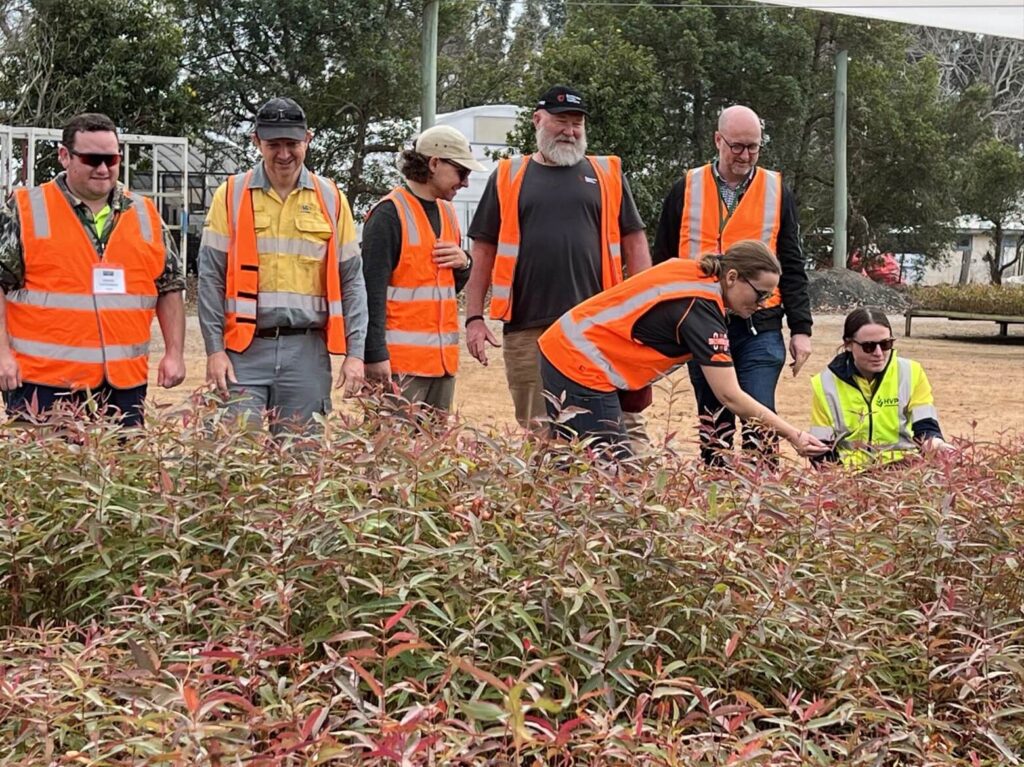
Today the tourist city is part of a wider region known as the Coffs Coast.
The city has a campus for Southern Cross University and numerous national parks, including a marine national park.

The region’s timber history goes back to the 1850s when ships called into Camden Haven specifically to pick up red cedar (Toona ciliata).
They dumped their ballast of Sydney sandstone before proceeding upriver to present-day Kendall, where the first organised timber milling occurred.
The highly-prized red cedar, often referred to as ‘Red Gold’ during the early pioneering days, was indiscriminately harvested for houses, public buildings, fine furniture, packing cases, paling fences and farm buildings.
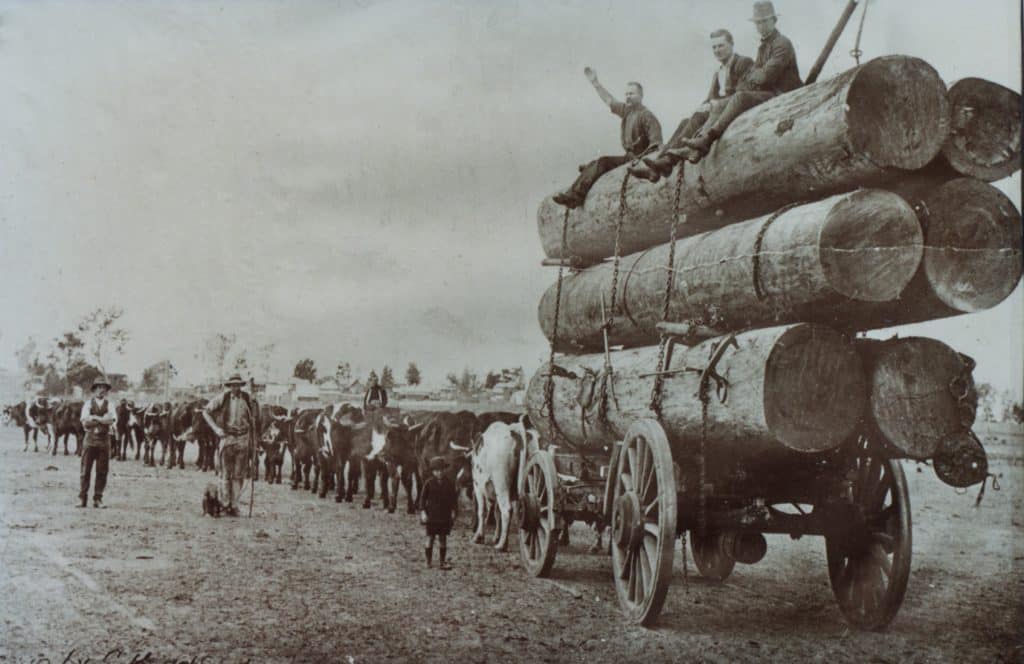
The giant red cedars were magnificent, growing up to 60 m tall with girths of up to 11.5 metres, literally towering over surrounding trees and usually entangled in vines, which had to be cut away before the trees could be felled.
The base of the giant’s trunk was often buttressed, and younger trees were often round.
The largest recorded red cedar tree felled in Australia was in 1883.
It came from the NSW Northern Rivers and produced a whopping 240 cubic metres of timber.
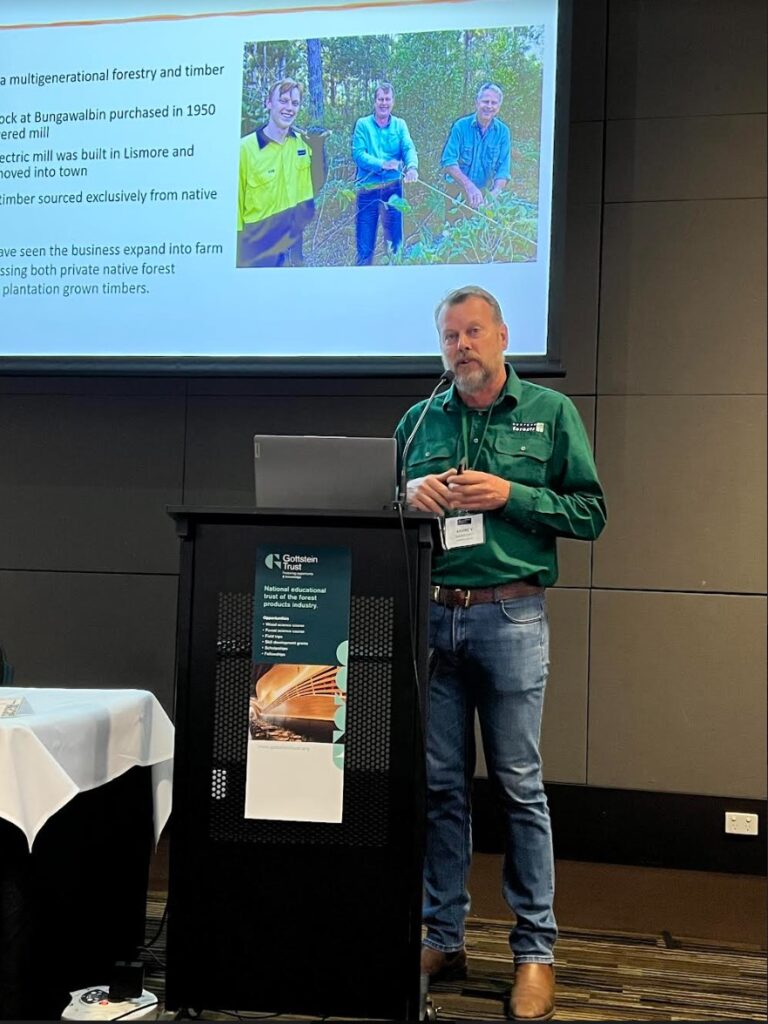



The cedar getters developed a special technique.
Crosscut saw, axe, and standing boards were their only equipment.
Cedars are buttressed, and the bases are often hollow, so they felled them at heights up to 6 m off the ground.
They would cut a slot about shoulder height – a scaffold hold – drive in a board, stand on it, cut the next slot and drive in another board, perhaps another and another.
Since boards were awkward to carry through the bush, many used one board only.


After they had cut the second slot, they would cut a toe hold to stand in while they moved the board up.
Getting down as the tree was beginning to fall required great dexterity – and haste!
In the latter part of the 19th century, attention turned to the valuable hardwoods of the area, and, with occasional exceptions, the last of the great cedar trees remained in their hidden gullies and gorges.
The NSW government, aware that the superb softwoods had been almost completely cut out, was anxious not to have this repeated with the excellent hardwoods.
From 1883, Crown land in the Port Macquarie district was ‘set aside from sale for preservation and growth of timber’ and forest reserves were established in 1892.
In 1907, a Royal Commission of Inquiry into Forests was set up, taking evidence during which Robert Longworth reported that his Laurieton mill had a weekly output of 75,000 feet (225 cub m) of sawn timber, mostly blackbutt, tallow wood, brush box and several species of gum, including grey gum, drawn from areas around the NSW Mid North Coast.
Most of it was exported to England, America and Germany. As a result of the Royal Commission, the 1909 Forestry Act was passed to ensure a sustainable supply.

